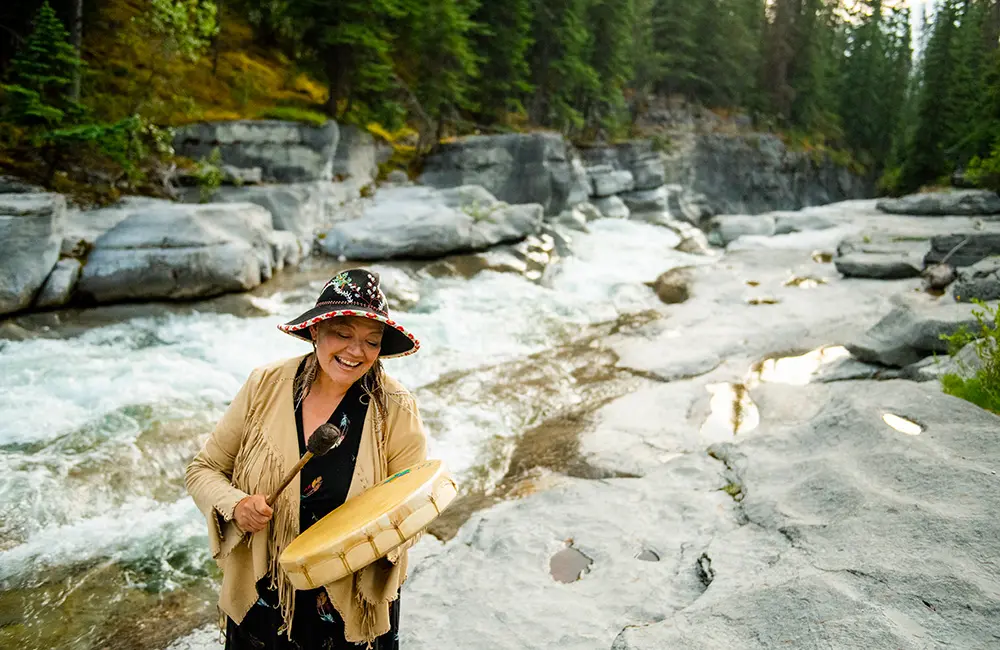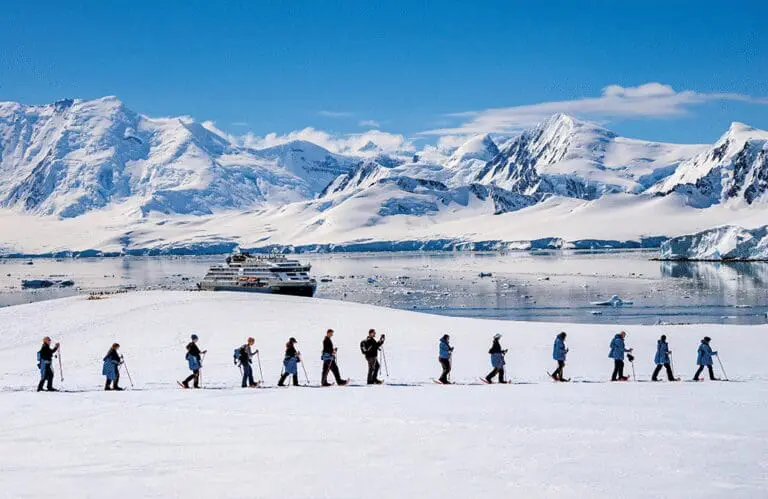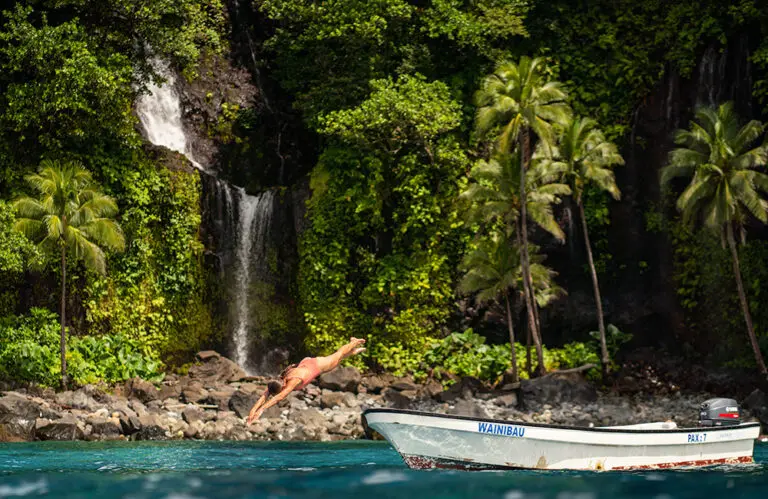Where in the world can you travel for good to benefit people, the communities and the environments you visit? Canada, of course! Here’s how you can give back more than you take through regenerative tourism in Canada.
Can tourism truly build a better future for all? Canada believes it can and has the roadmap to prove it with a regenerative approach to tourism.
With its wide-open landscapes, open-hearted locals, and progressive mindset, Canada invites travellers to experience a country rooted in community, culture, and care. It’s a year-round destination where every journey can have a lasting, positive impact.
Canada seeks to inspire ‘Radical Openness’ a welcoming ethos that connects visitors to vibrant local communities, diverse cultures, and pristine natural environments through genuine human connection and deep storytelling.
Destination Canada’s new Tourism Wealth & Wellbeing Index—a groundbreaking tool that goes beyond measuring visitor numbers—supports this bold vision by tracking how tourism supports local jobs, empowers communities, and ensures long-term sustainability for Canadians and the world.
At a time when unity is needed more than ever, Canada is flying the flag for inclusive, regenerative travel that uplifts people and the planet.
What is regenerative tourism anyway?

Regenerative tourism takes sustainable practices a step further. It encourages travellers to make a positive impact on their destination, not just by minimising their carbon footprint (which of course is also essential) but by actively engaging with the environment and local communities to create meaningful, lasting change that also enriches their own travel experience.
Rather than degenerating a place, this is all about regenerating it for the long term.
In Canada, you can play your part by engaging with community-driven tourism initiatives, including numerous Indigenous-led tourism experiences and locally led projects that empower communities to share their stories, cultures, and traditions.
There really are so many options to explore. Experience cultural workshops, guided tours, storytelling sessions, and traditional ceremonies with local Indigenous guides to deepen your understanding of Canada’s history and First Nations’ peoples. Thanks to Indigenous-led conservation projects and wildlife habitat restoration, history and the future are naturally entwined with the environment.
Ready to start your regenerative journey? Here are some ways to experience regenerative tourism in Canada firsthand, from coast to coast.
1. Northwest Territories (NWT) and Yukon Territory
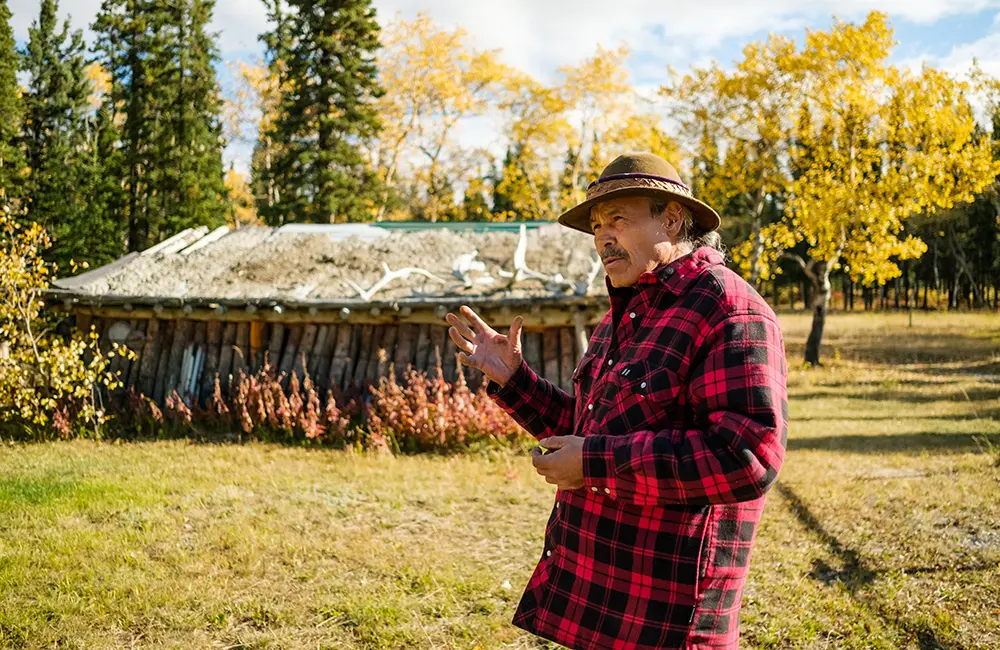
Home to many First Nations peoples, NWT and the Yukon have several options for immersive Indigenous tourism experiences. Join Indigenous-owned and -operated North Star Adventures and North of 60 Aurora Adventures for a deeper understanding of Dene culture in the NWT capital, Yellowknife.
North Star Adventures runs nine Indigenous Cultural Experiences from a one-hour Ice Road Indigenous Tour through to a 13-day Arctic Expedition, while North of 60 offers a deep-dive session that you can also pair with traditional dog-sledding, axe-throwing and aurora-viewing tours.
Visit the Long Ago Peoples Place living history museum in Champagne in the Yukon, an hour’s drive west of the capital, Whitehorse, to learn about Southern Tutchone First Nations traditions through hands-on workshops and guided walking tours in the summer.
2. Québec
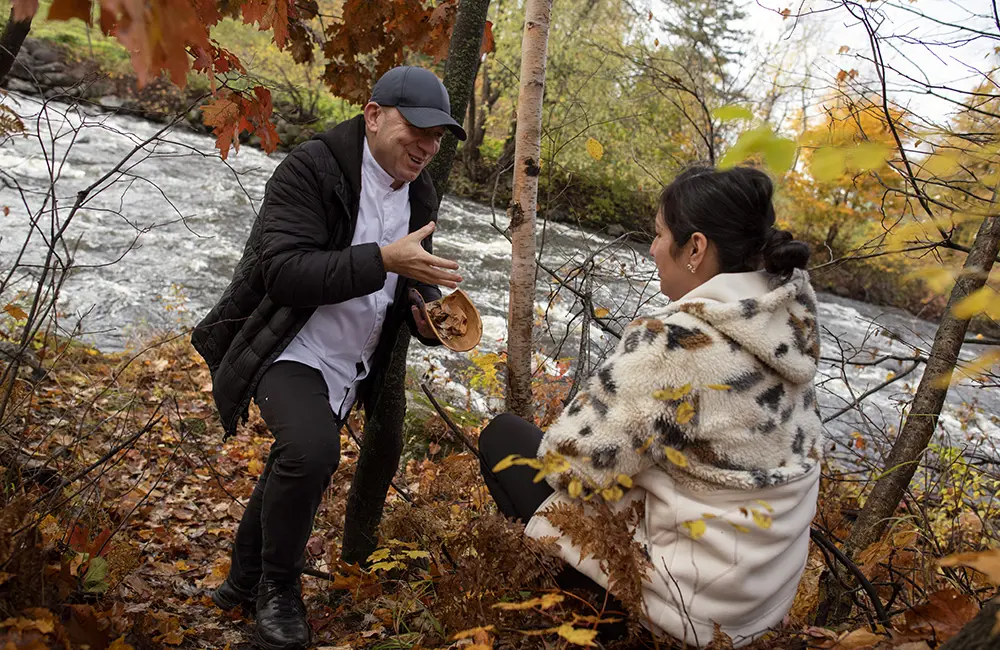
Experience an indulgent stay at Hôtel-Musée Premières Nations for luxury accommodation steeped in Indigenous culture near Old Québec (Québec City) in the eastern province of Québec. Operated by the Huron-Wendat Nation, the hotel and museum curate an immersive experience with First Nations exhibits, traditional meals, guided tours and stylish modern rooms reflecting the local culture.
3. Nunavut
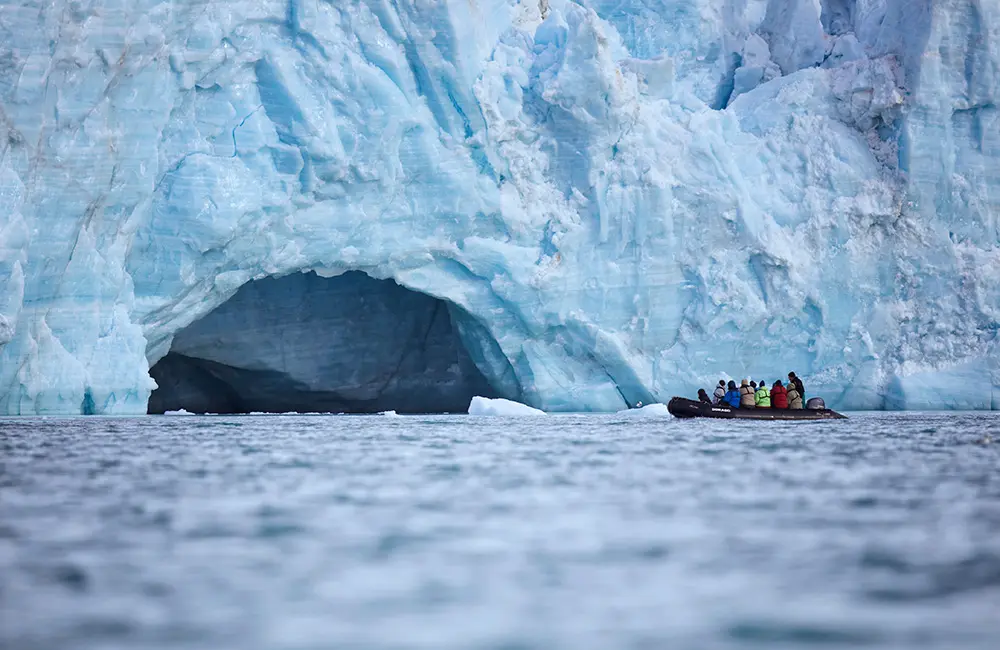
Inuit art is the anchor of Nunavut’s regenerative tourism offerings. Cooperatives, such as Inuit Tapiriit Kanatami, ensure that the proceeds of carvings, prints and textiles go directly to artists and communities, supporting cultural preservation and self-reliance.
Travellers can also embark on authentic experiences, such as dog-sledding, igloo building, ice fishing and traditional storytelling, with Inuit-owned Arctic Bay Adventures.
4. Newfoundland and Labrador
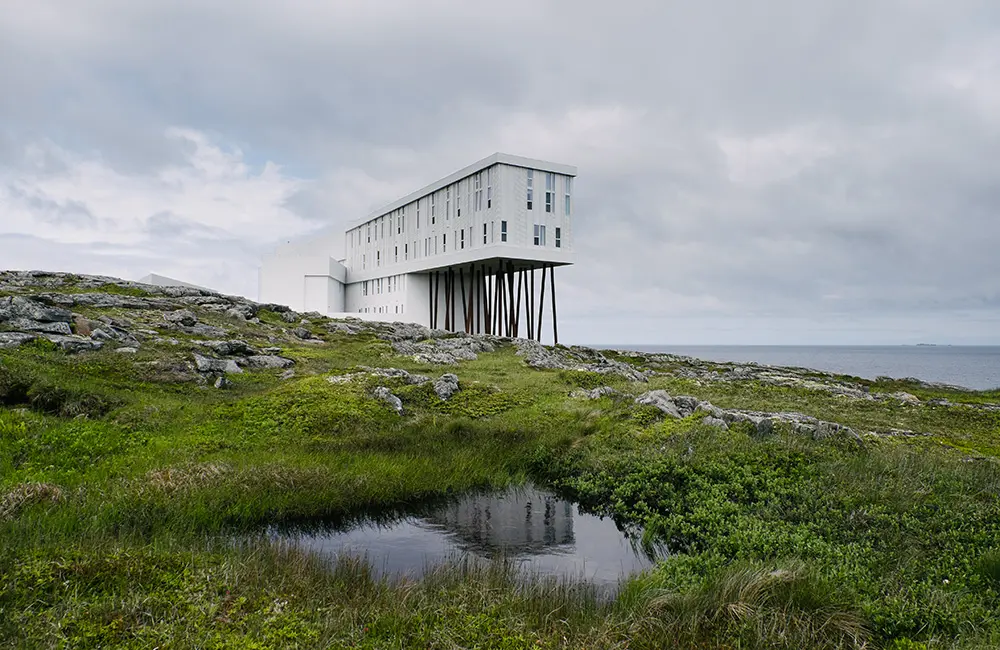
Travellers can also experience regenerative tourism at Fogo Island Inn off Newfoundland’s northeast coast, where guests are directly connected with local community hosts. All profits go into sustaining the island’s fishing traditions and artisans, while the building structure also minimises its environmental footprint with a unique stilted structure. Find out more here.
On Newfoundland’s west coast, UNESCO World Heritage-listed Gros Morne National Park offers guided tours that contribute to local conservation and community-driven projects. The tours uncover the park’s remarkable geological marvel of stepping on the Earth’s mantle (the deep part 2,900km below the crust) without having to dig.
5. British Columbia
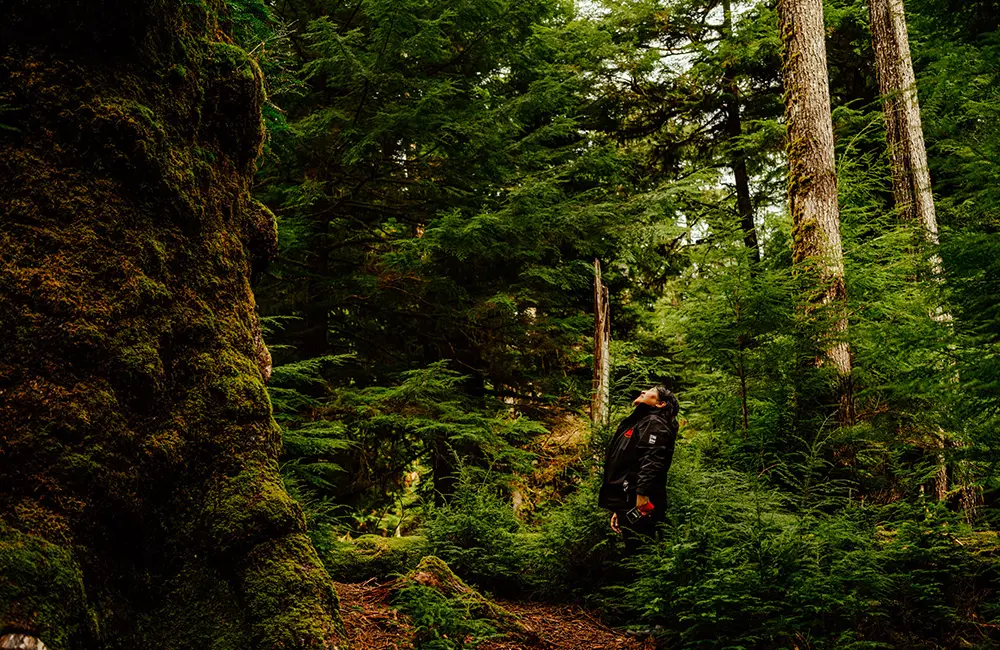
Venture into grizzly bear territory on the traditional lands of the Gits’iis in British Columbia. Khutzeymateen Park is Canada’s first and only grizzly bear sanctuary and houses around 60 bears in a diverse natural coastal habitat in Skeena West.
Visit Gwaii Haanas National Park Reserve, National Marine Conservation Area Reserve, and Haida Heritage Site on BC’s Haida Gwaii archipelago for black bear viewing, eagles, orcas, and other wildlife and historic villages. Jointly managed by Parks Canada and the Council of the Haida Nation, Gwaii Haanas visitor fees and activities fund local conservation, employment, and community-driven cultural projects.
You can also contribute to the St’ t’imc community and the preservation of the Bridge River Fishing Grounds archaeological village site just north of Lillooet with Xwísten Experience Tours. Indigenous guided traditional rock fishing and archaeological tours of the village with 80-plus pit houses are a must-do, with a salmon barbecue to finish.
Located in BC’s Chilcotin region, the Indigenous-owned and -operated Nemiah Valley Lodge offers an off-grid lodge with modern log cabins for a stay that will fill your soul with mountain landscapes, wild horses, equine wellness therapy and guided cultural activities, such as fishing and hiking.
6. Alberta

For a direct link to Mother Earth, Warrior Women tours and workshops in Jasper National Park share the wisdom and knowledge through beading classes, Wapakwanis medicine plant walks, cultural walks and fireside chats for those with open hearts and minds.
Visitors to Alberta can also explore Indigenous culture at Métis Crossing, a cultural centre that offers an immersive experience from camping to luxe accommodation options, historic attractions, dining, cultural exhibits, and self-guided activities. Delve into Métis culture near Smoky Lake, just 1.5 hours’ drive from the capital, Edmonton.
7. Saskatchewan

Located just outside Saskatoon in Saskatchewan, Wanuskewin Heritage Park is Canada’s longest-running dig. It has unearthed 6,000-plus years of history with ancient tipi rings, stone cairns, and other significant archaeological findings. The National Historic Site showcases the Northern Plains peoples with interpretative exhibits, guided walks, an on-site restaurant, and other activities.
8. Manitoba
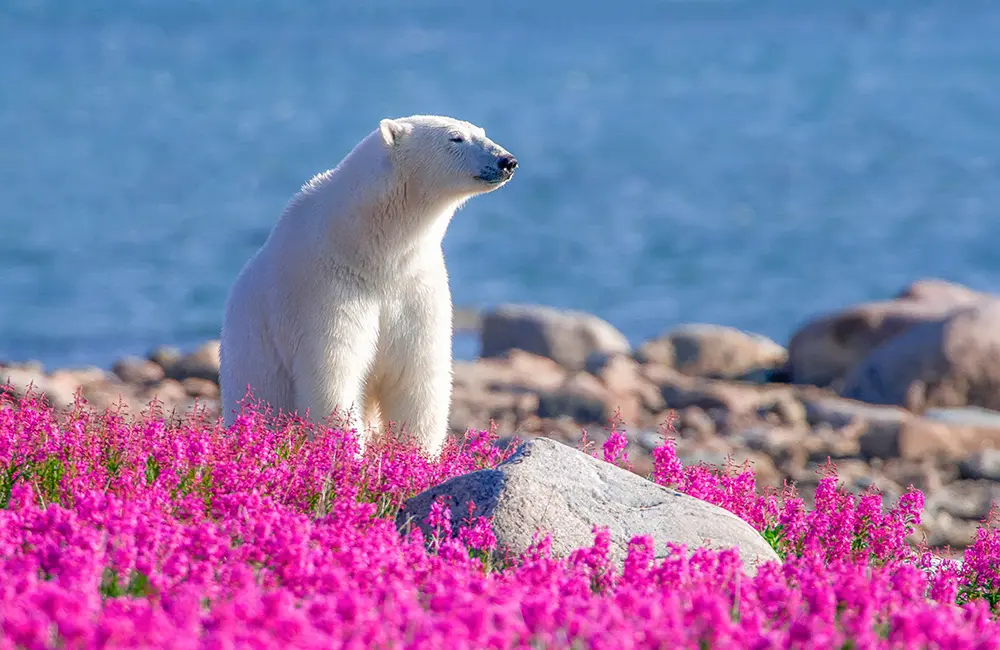
Known as the ‘Polar Bear Capital of the World’, the town of Churchill in Manitoba is the place to see polar bears in the wild. Regenerative tourism also benefits the local community. Frontiers North Adventures and other operators work closely with not-for-profit Polar Bears International on conservation projects and tourism, which positively impacts the town of Churchill, boosting economic opportunities for locals through small business, tours and hospitality. Frontiers North also now uses fully electric tundra buggy vehicles on its Churchill tours, lowering its carbon impact on the environment.
9. Ontario
Located in Ontario, many of Niagara Falls’ iconic attractions now include regenerative tourism with an emphasis on ecosystem restoration. These include Niagara Parks Butterfly Conservatory, which uses native plants in its landscaping to support local pollinators, and Niagara Glen Nature Reserve, which focuses on restoring the wild flora and fauna of the pristine Carolinian forest and can be explored on guided hiking tours.
10. Prince Edward Island (PEI)

Ahoy, foodies. The PEI Culinary Trail & Dining Guide celebrates the maritime province’s marine bounty and local food economy by connecting visitors to the producers and providores. Taste your way around ‘Canada’s Food Island’, sampling fresh ingredients locally grown and harvested by sustainable methods and sustaining local businesses, talented chefs, craft brewers and rural communities at the same time – it’s a delicious win-win for regenerative tourism in Canada!
11. Nova Scotia
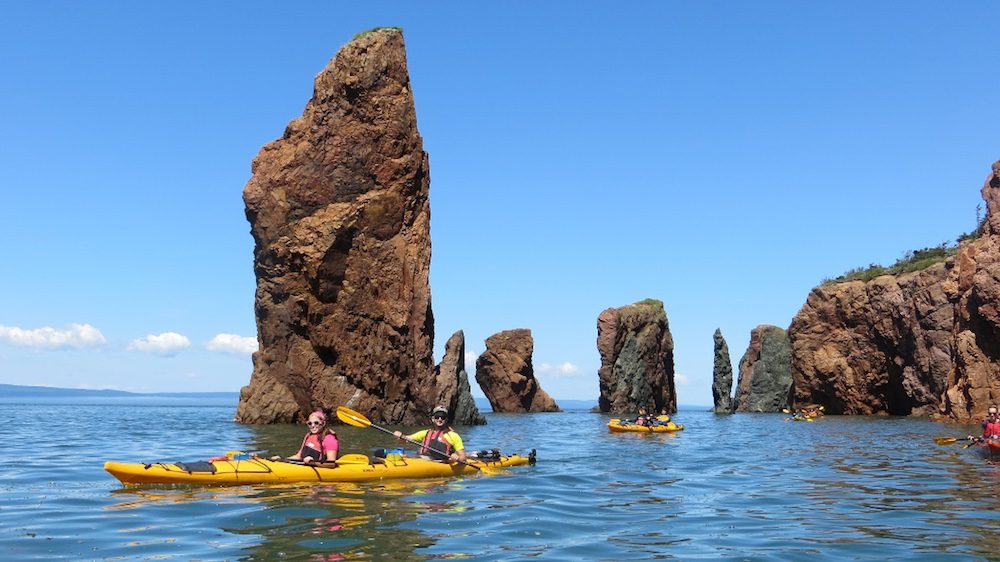
Explore the world’s highest tides and rare ecosystems in the Bay of Fundy in Nova Scotia. Parks Canada’s Fundy Biosphere Reserve runs guided tours and an interpretative centre with revenue reinvested into research, environmental restoration and community-led projects.
Access all areas
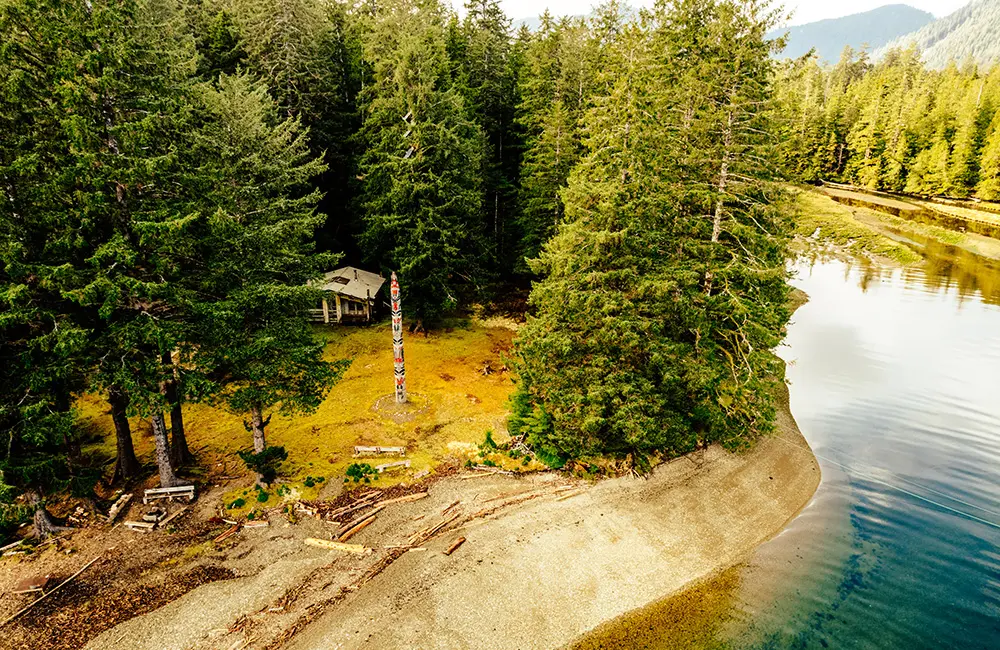
Air Canada flies direct from Australia’s east coast to Vancouver and then onwards to other Canadian cities via its domestic network. Qantas also has nonstop services from Australia to Vancouver. You can also fly to Vancouver with one stop in Auckland through Air New Zealand or via Nadi with Fiji Airways.
It’s easy to get around Canada by road, rail, seaplane and ferry and explore beyond the urban gateways. Car hire is easily accessible from airports and downtown areas.
Don’t forget to organise your annual Parks Canada Discovery Pass for admission to more than 80 sites for 12 months and check individual park access before you go.
For agents only
Join the Canada Specialist Program to become a recognised expert, learn more about Radical Openness and Canada’s diverse landscapes and experiences, access exclusive content and valuable tools to help you promote and sell Canada and network with other agents via the closed CSP Facebook group.
Discover more and open up to Canada at keepexploring.com.au
This article is brought to you by:



